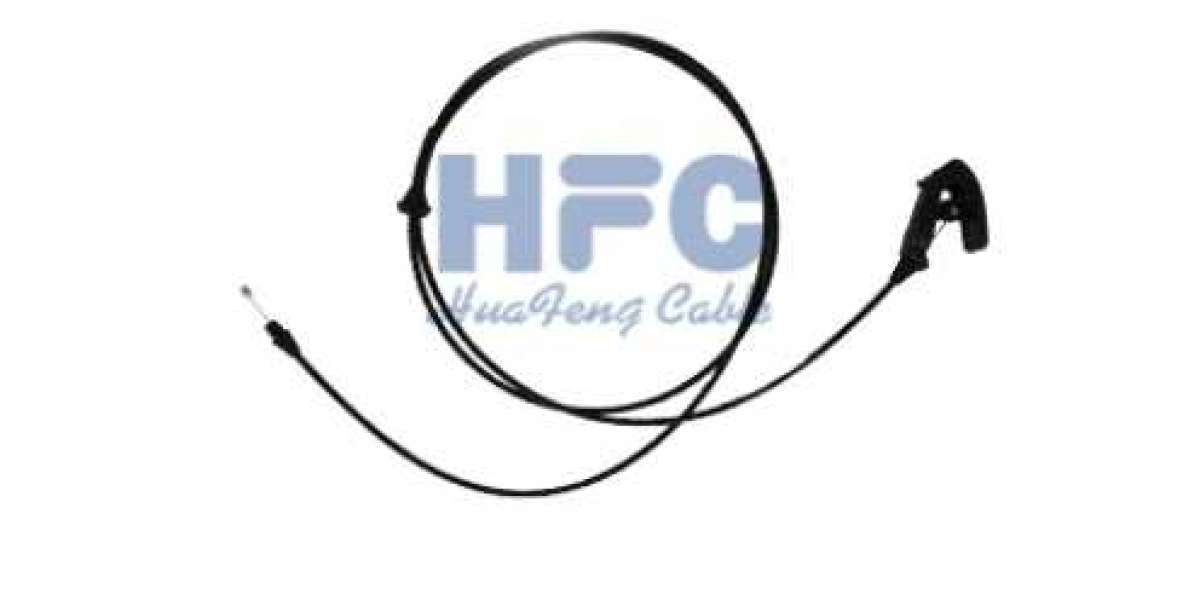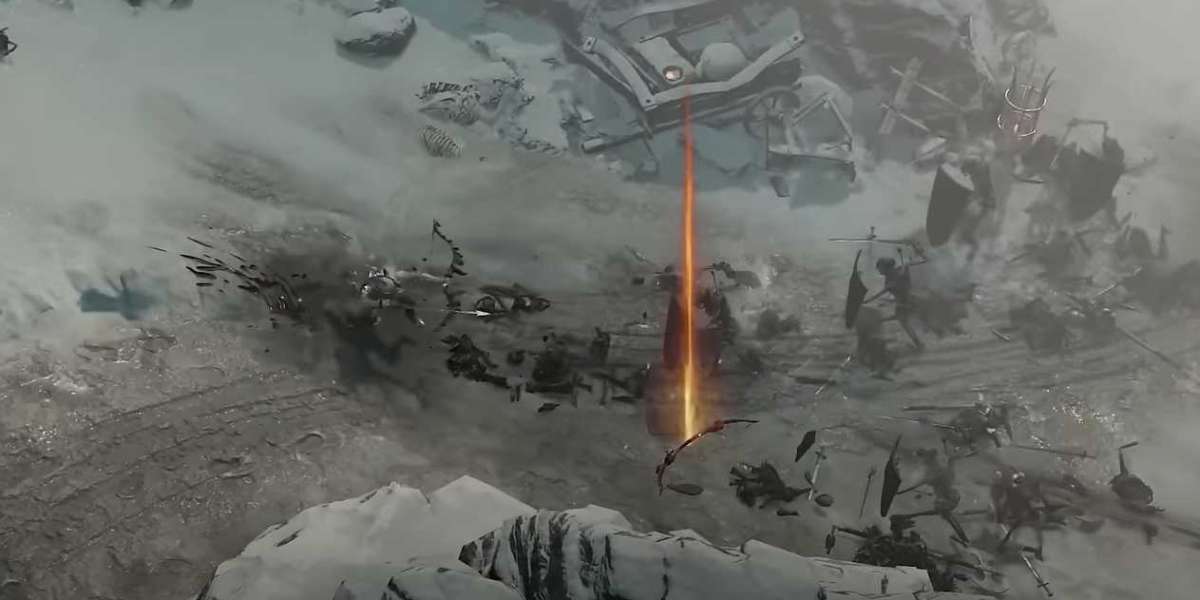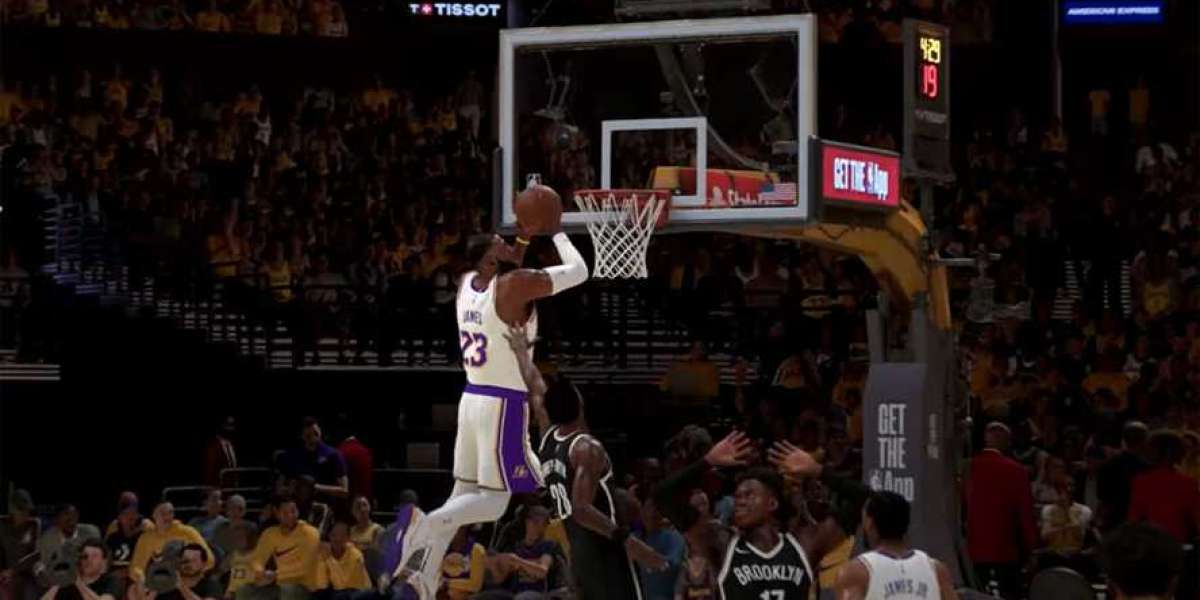The hood release cable is an essential component of any vehicle, allowing you to easily access and inspect the engine compartment. However, like any mechanical part, the hood release cable can wear out or break over time. In this blog post, we will discuss the signs that indicate a broken hood release cable. By understanding these signs, you can take appropriate action and ensure the continued functionality of your hood release system.
I. Understanding the Hood Release Cable
Before diving into the signs of a broken hood release cable, let's briefly explain what it is. The hood release cable connects the interior hood release lever to the hood latch mechanism. When you pull the lever inside your vehicle, it activates the cable, releasing the latch and allowing the hood to be opened. With this basic understanding, let's move on to the signs that indicate a broken hood release cable.

II. Difficulty in Opening the Hood
One of the most common signs of a broken hood release cable is difficulty in opening the hood. If you find that the lever inside your vehicle feels loose, fails to engage, or requires excessive force to operate, it could be a clear indication of a damaged or broken cable. Additionally, if you pull on the lever and the hood fails to pop open, this could also suggest a broken cable.
III. Lack of Tension in the Cable
Another sign to watch out for is a lack of tension in the hood release cable. You can check this by locating the cable under the hood and gently pulling on it while someone else pulls the interior lever. If there is no resistance or tension in the cable, it is likely damaged or broken, hindering proper operation.
IV. Snapped Cable
In some cases, a broken hood release cable may be visibly obvious. Inspect the cable thoroughly to see if it has snapped or become detached from either the interior lever or the hood latch mechanism. If you notice any visible damage, it's crucial to replace the cable as soon as possible to ensure continued functionality.

V. Uneven Hood Alignment
A broken hood release cable can also lead to an uneven hood alignment. If the cable is partially broken or damaged, it may not fully release the hood latch on one side, causing the hood to hang lower on one side than the other. This can be visually noticeable and may affect the overall appearance of your vehicle.
VI. Rattling Hood
A rattling or vibrating hood while driving can indicate a broken hood release cable. When the cable is damaged, it may cause the hood latch to become loose, resulting in vibrations that transfer to the hood itself. This is not only a sign of a broken cable but also a safety concern as it could lead to the hood unexpectedly flying open while driving.
VII. Solutions for a Broken Hood Release Cable
If you suspect a broken hood release cable based on the signs discussed, it is crucial to address the issue promptly. Here are a few steps to take:
1. Inspect the Cable: Check for any visible signs of damage or detachment in the cable itself.
2. Lubricate the Cable: If the cable appears intact but operates stiffly, applying a small amount of lubricant may help restore smooth functionality. However, keep in mind that this is only a temporary fix and that you should consider replacing the cable.
3. Seek Professional Help: For complex issues or if you're unsure about how to replace the hood release cable yourself, it's best to consult a professional mechanic. They have the expertise and tools required to diagnose and fix the problem correctly.

VIII. Preventive Measures
To avoid dealing with a broken hood release cable in the future, follow these preventive measures:
1. Regular Inspections: Periodically check the condition of the hood release cable, paying attention to any signs of wear or damage. Look for frayed wires, loose connections, or signs of rust that could weaken the cable over time.
2. Lubrication: Apply a thin layer of lubricant to the hood release cable once in a while to maintain smooth operation. This can help reduce friction and prolong the life of the cable.
3. Gentle Handling: Avoid pulling or yanking excessively on the hood release lever. Applying excessive force can strain the cable and increase the risk of damage.
4. Store Properly: When closing the hood, make sure to do it gently and ensure it latches securely. Slamming it shut can put unnecessary strain on the hood release mechanism, including the cable.
IX. Replacement Process
When it comes to replacing a broken hood release cable, it's crucial to have the right tools and knowledge. While the specific steps may vary depending on your vehicle model, here's a general outline of the replacement process:
1. Locate the Cable: Begin by identifying the hood release cable under the hood of your vehicle. It will typically be attached to the hood latch mechanism.
2. Disconnect the Old Cable: Carefully detach the old cable from both the hood latch and the interior lever. Take note of how it is connected, as this will help during the installation of the new cable.
3. Install the New Cable: Attach the new hood release cable by following the reverse order of the previous step. Ensure that it is securely connected to both the hood latch and the interior lever.
4. Test and Adjust: Once the new cable is installed, test the functionality by pulling the interior lever and checking if the hood opens smoothly. If necessary, make any adjustments to ensure proper alignment and tension.

X. Seek Professional Help
If you're unsure about replacing the hood release cable yourself or encounter any difficulties during the process, it's best to seek professional help. A qualified mechanic can ensure that the replacement is done correctly, minimizing the risk of further complications or damage.
Conclusion
A damaged hood release cable can cause inconvenience and potentially compromise safety. By becoming familiar with the signs of a broken cable and taking appropriate action, you can keep your hood release system functioning. Regular inspections, preventive measures, and timely replacement when necessary are the keys to keeping your hood release cable in top condition. If you are not sure whether to replace it yourself, you are welcome to consult professional Wuxi Huafeng Car and Motor Fittings Co., Ltd., we will provide you with professional guidance and help.








